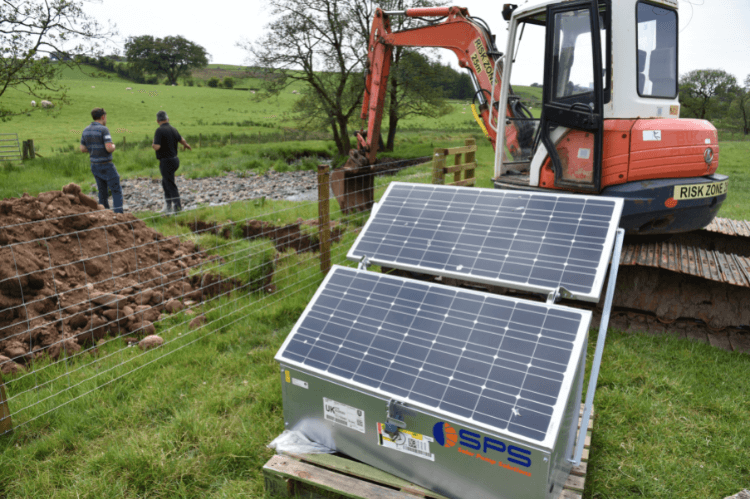Reducing diffuse pollution risk doesn’t just benefit water quality and the environment; it can also help to improve farm business efficiency, profitability and can lower your farm carbon footprint.
It also keeps you on the right side of the regulations, protecting farm payments.
3 key ways to tackle diffuse pollution:
- Reduce the source of the pollution – where is it coming from? Can the pollution source be minimised? For example, livestock with free and frequent access into watercourses could be a source of pollution.
- Block the pathway – assess how the pollution source is getting from the source to the problem site. Overland flow, field drains and slopes could all be providing a route for runoff, taking top soils and nutrients off your farm.
- Prevent it getting to areas where it will become a problem – divert or collect the pollution before it reaches the watercourse (the ‘receptor’). An widened buffer strip might be one solution to reduce the risk of runoff getting into a watercourse in problem areas.
This is also known as the “source-pathway-receptor” approach. Blocking one of these pathways could prevent diffuse pollution from your land.
Video, Podcast and Publication resources:
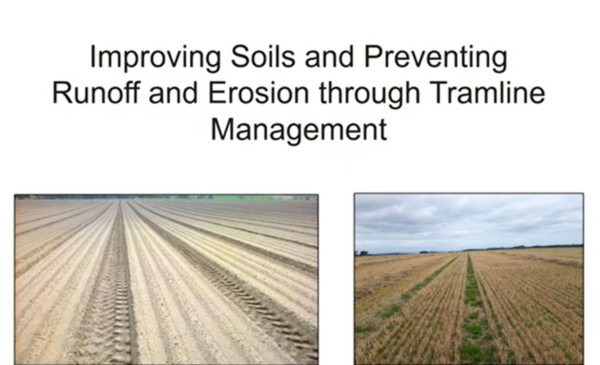
Improving Soils and Preventing Runoff and Erosion Through Tramline Management
Tramlines are a major diffuse pollution pathway. Controlled traffic farming (CTF) systems reduce soil damage, can increase yield and save both fuel and time.
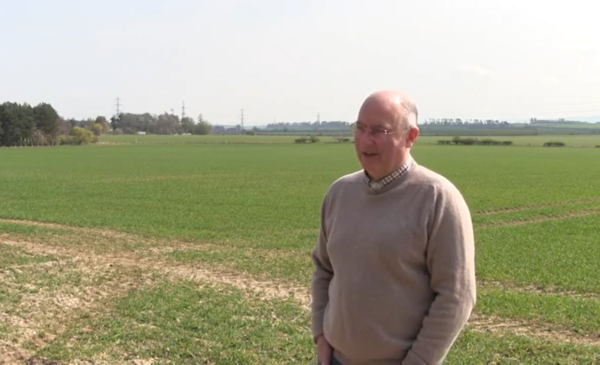
Improving soil management with reduced inversion farming at Preston Hall Farm
We hear from Bill Gray, Farm Manager at Preston Hall Farms, who gives an insight into how the estate manages their cropping systems to improve soil structure. Joanna Cloy, a Researcher at SRUC explains the importance for farmers to make small changes to their systems to reduce pollution whilst improving their farm's productivity.
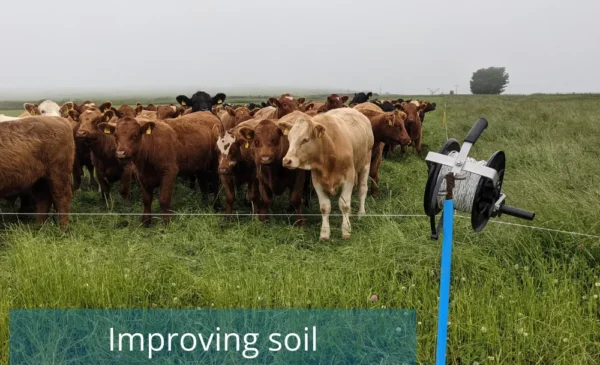
Improving soil management on the Balcaskie Estate
Listen to steps taken by Balcaskie Estate Manager Sam Parsons and how he has introduced mob grazing to the benefit of both livestock production and soil management.
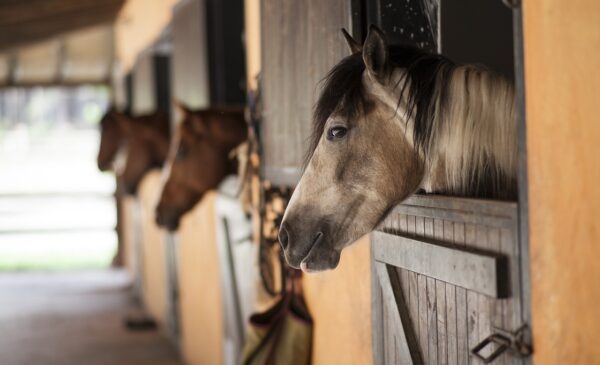
Keeping Equines: reducing pollution risks and managing water
This information is aimed at equine businesses and those running stable yards or liveries to help identify and reduce diffuse pollution risks, improve water management and meet legal responsibilities.
What is diffuse pollution? Diffuse pollution can come from several sources, for example nutrients, dung,…

